HarmonicaUK started life as a Hohner marketing activity in 1935 and remained so until it was handed over to the members in 1981. It was first called the Hohner Song Band League, then the National Harmonica League and finally HarmonicaUK.
The Golden Age of the Harmonica
The end of WW2 produced major changes in society. Soldiers returning home wanted change and they returned to a different Britain. One part of the change was the rebuilding of the Entertainment Industry as musicians and artists looking for work as the rebuilding of the country got underway. We will see the secondary effect of the opening up of education when we get to the 1960s.
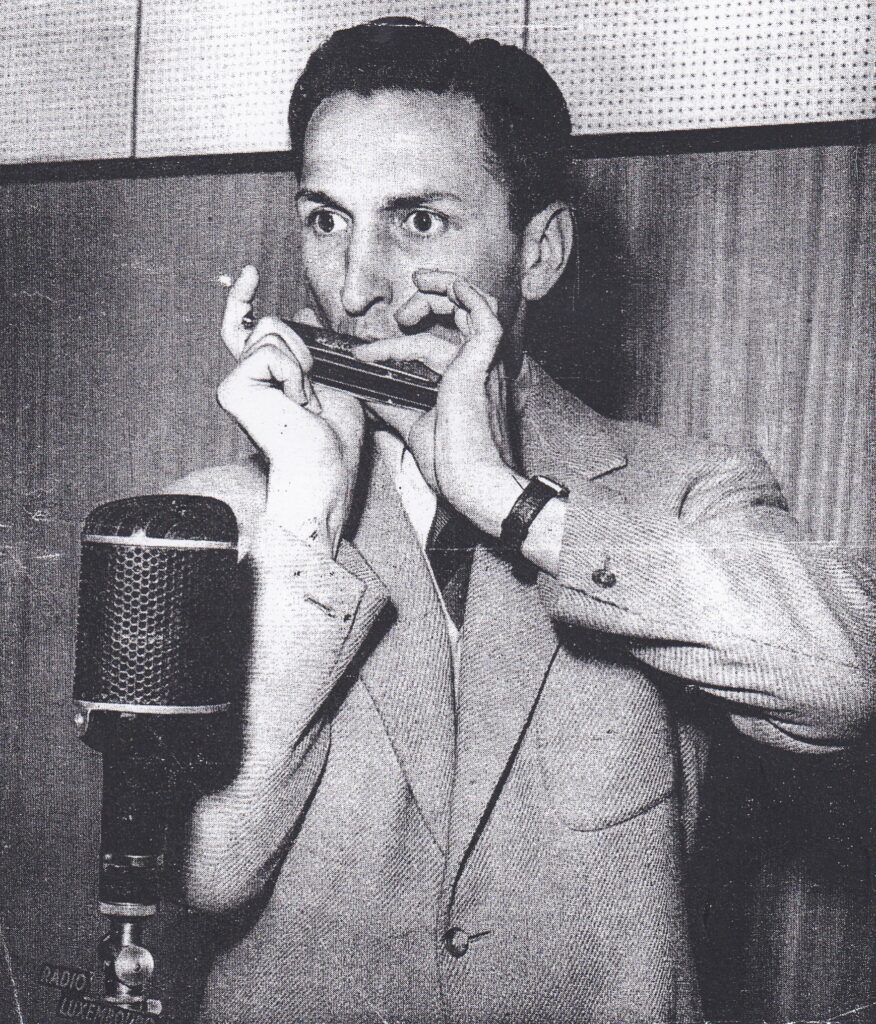
The 1950s saw the high point for the harmonica. The soloists (Ronald Chesney, Larry Adler, Tommy Reilly and Max Geldray) gained National and International status and the harmonica groups (The Three Monarchs and The Morton Fraser Harmonica Gang) enjoyed lots of success in Music Hall, initially on BBC Radio and then TV brought them into homes all over the country.
Ronald Chesney had demonstrated the potential of the chromatic harmonica when he gave a solo performance in the Royal Albert Hall in 1946. Larry Adler had toured the world, stared in films and composers began to write music for the harmonica. In 1952 Larry performed the ‘Romance in D flat for Harmonica’, composed for him by Ralph Vaughan Williams, in the BBC Proms. Tommy Reilly moved from the Music Hall to the concert stage with compositions by Spivakovsky, Gordon Jacobs and his long term accompanist, James Moody. Max Geldray continued in the jazz clubs and Variety.
The format of the early radio shows opened up many opportunities for entertainers. Shows like ‘Variety Bandbox’ and ‘Workers Playtime’ on the BBC Light Programme provided spots for soloists and the groups but the popular long running comedy programmes like “The Goon Show” and “Educating Archie” featured musical breaks in the story which were filled by Max Geldray and Ronald Chesney respectively. Ronald went on to write the scripts for Educating Archie.
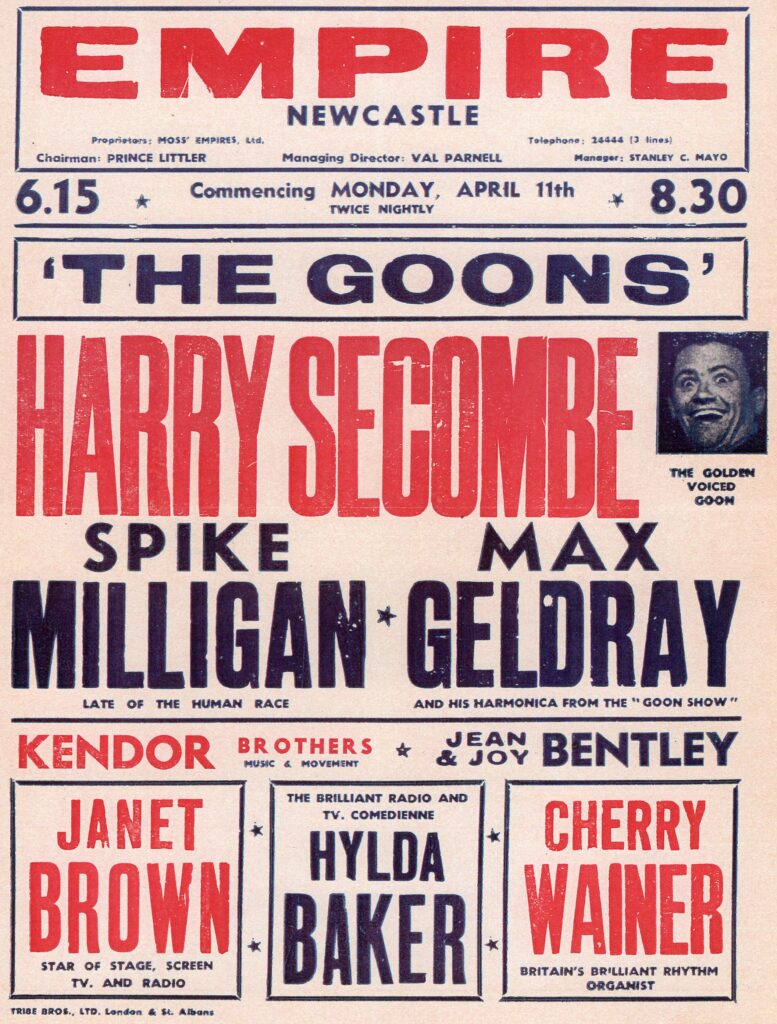
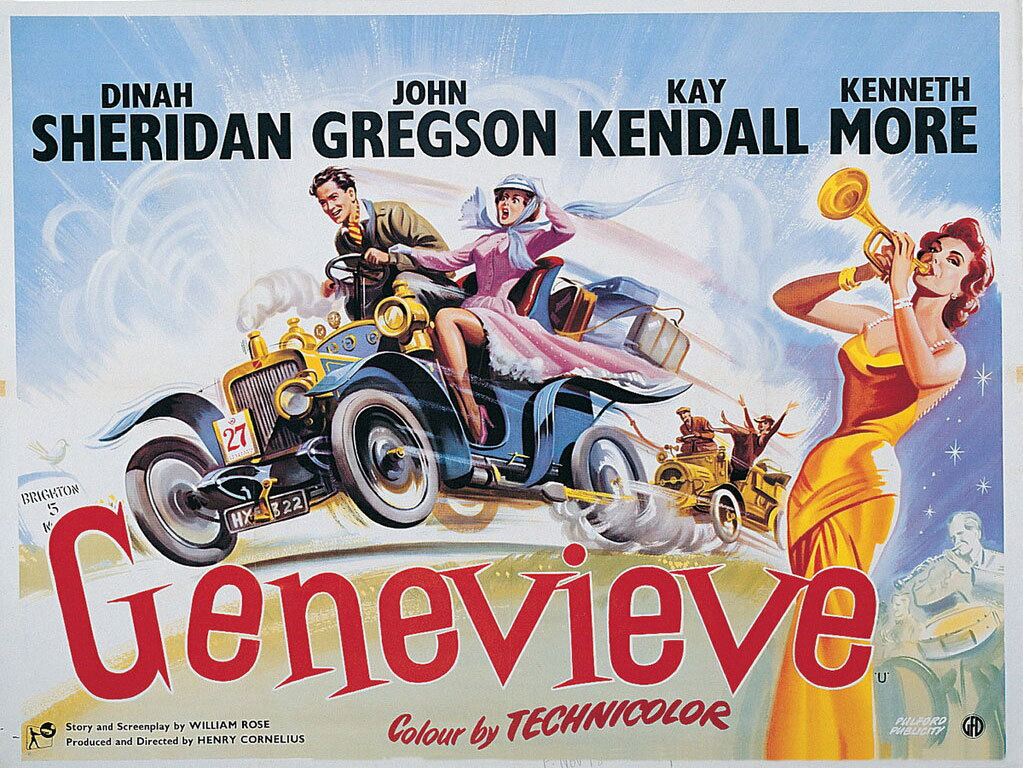
Harmonicas also turned up on themes for radio programs and films.
Tommy Reilly can be heard on Dixon of Dock Green and The Navy Lark.
Larry Adler had a big success with his music for the film “Genevieve”.
Ronald Chesney appeared on Educating Archie.
In addition to the home grown talent, the Harmonicats’ recording of “Peg O’ My Heart” was proving very popular and Borrah Minevitch had moved ‘The Harmonica Rascals’ to France. Interest in the harmonica was at its peak.
The National Harmonica League restarts
Hohner had started rebuilding their organisation after the war and in 1949 they established the National Accordion Organisation (NAO) and relaunched their magazine, “Accordion Times”.
In 1951, Hohner restarted the Hohner National Song Band League (HNSBL) and began the publication of Harmonica News.
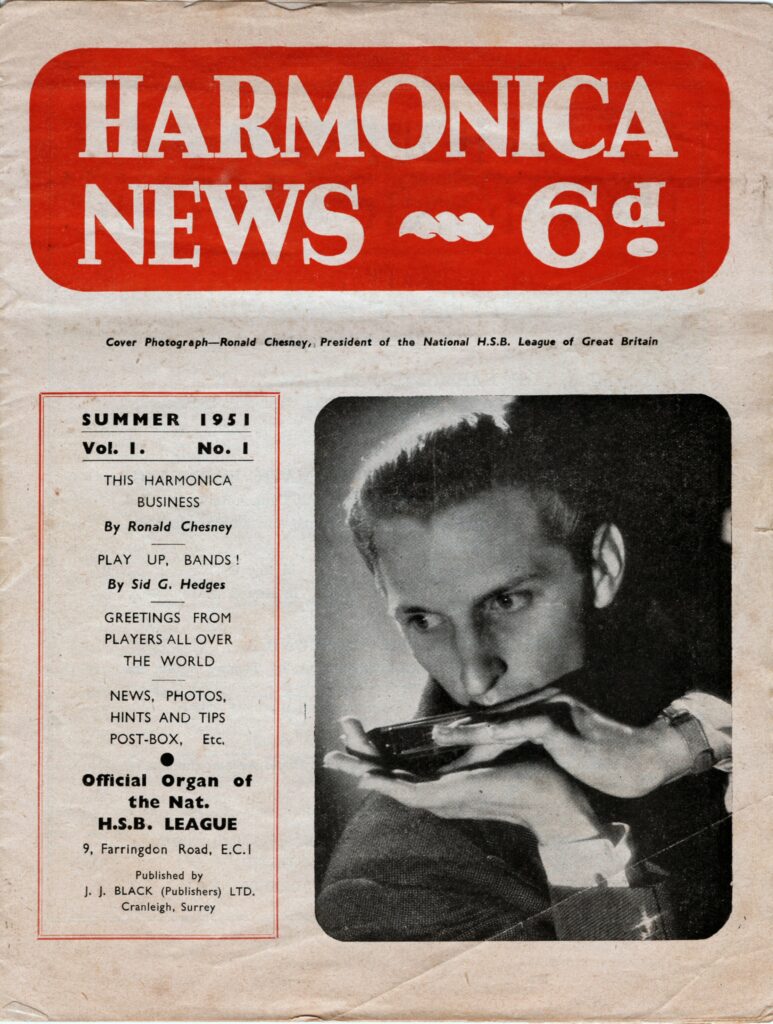
This was in part a reaction to the increase in popularity of the harmonica in the UK, but also a result of Hohner setting up the Federation Internationale de l’Harmonica (FIH) with Dr Otto Meyer (GB) as President. This was an umbrella organisation covering most European countries and S Africa which went on to organise the World Harmonica Championships starting in Duisbourg in 1953 and then moving around European cities in subsequent years.
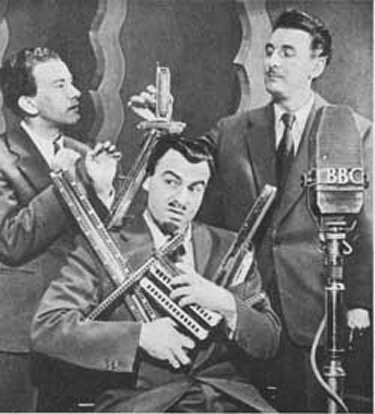
The new organisation had Ronald Chesney as its President and Larry Adler, The Three Monarchs and Tommy Reilly were active in events and writing for the magazine. At the start of 1953 Hohner changed the name of the organisation to the National Harmonica League (NHL). This was less of a mouthful and reflected the increased emphasis on individual players, not bands.
Competition for the NHL Championship was fierce, with regional heats and then a final which was held in the Central Hall, Westminster in London. The three winners then took part in the FIH World Championships. As the event developed, competition classes were held for chromatic soloists, groups and diatonic harmonicas (not blues harp!).
Several of the winners of these early competitions have been active in the NHL in recent years. Douglas Tate, Jim Hughes, Gerry Ezard and Dave Beckford are probably the best known, but even more went on to join the Morton Fraser Harmonica Rascals. Local harmonica bands and groups continued into the 1950s, but the increasing popularity of the guitar based rock and skiffle groups led to a steady decline in their numbers.
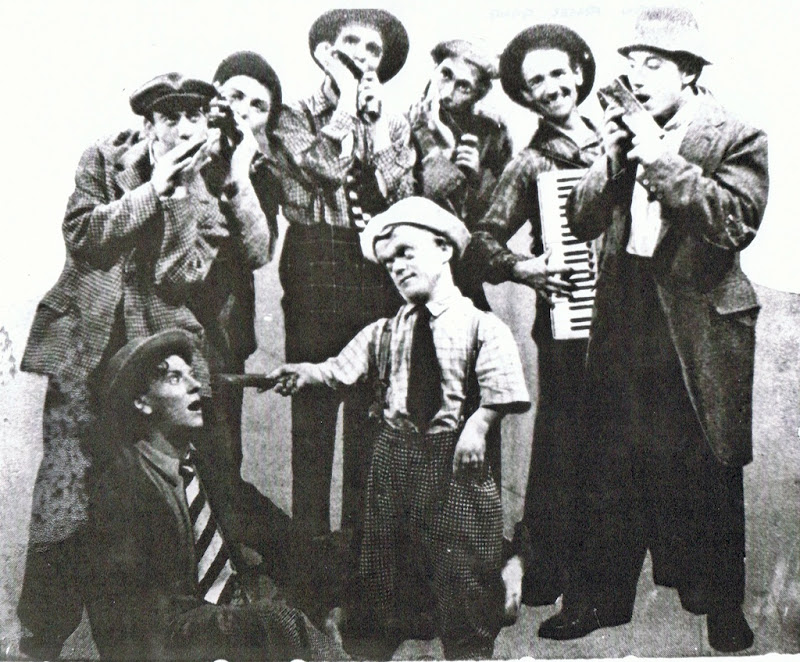
The peak of the NHL’s success was in the mid 1950s but by 1958 the interest was waning and Hohner could no longer afford to support the magazine. In 1959, Harmonica News ceased publication and harmonica items were moved into the Accordion Times. The Council of the National Harmonica League agreed to transfer its activities into the larger and more active National Accordion Organisation (NAO). The activities of the NHL continued under the wing of the NAO.
Away from these organisations something was stirring.

Deep in Soho in The Round House pub on Wardour Street, Cyril Davies (harmonica) and Alexis Korner (guitar) were running a club which was progressing from playing early country blues, Woody Guthrie and Leadbelly music, to barrel house and blues.
Touring American blues musicians visited the club and Sonny Terry and Brownie McGee were the club Presidents. Following Muddy Waters visit to the club in 1958, the move to electric Chicago blues music was underway, but that has to wait for the next part of the story…
Back to History of HarmonicaUK home index page.
Forward to The History of HarmonicaUK – Part 4